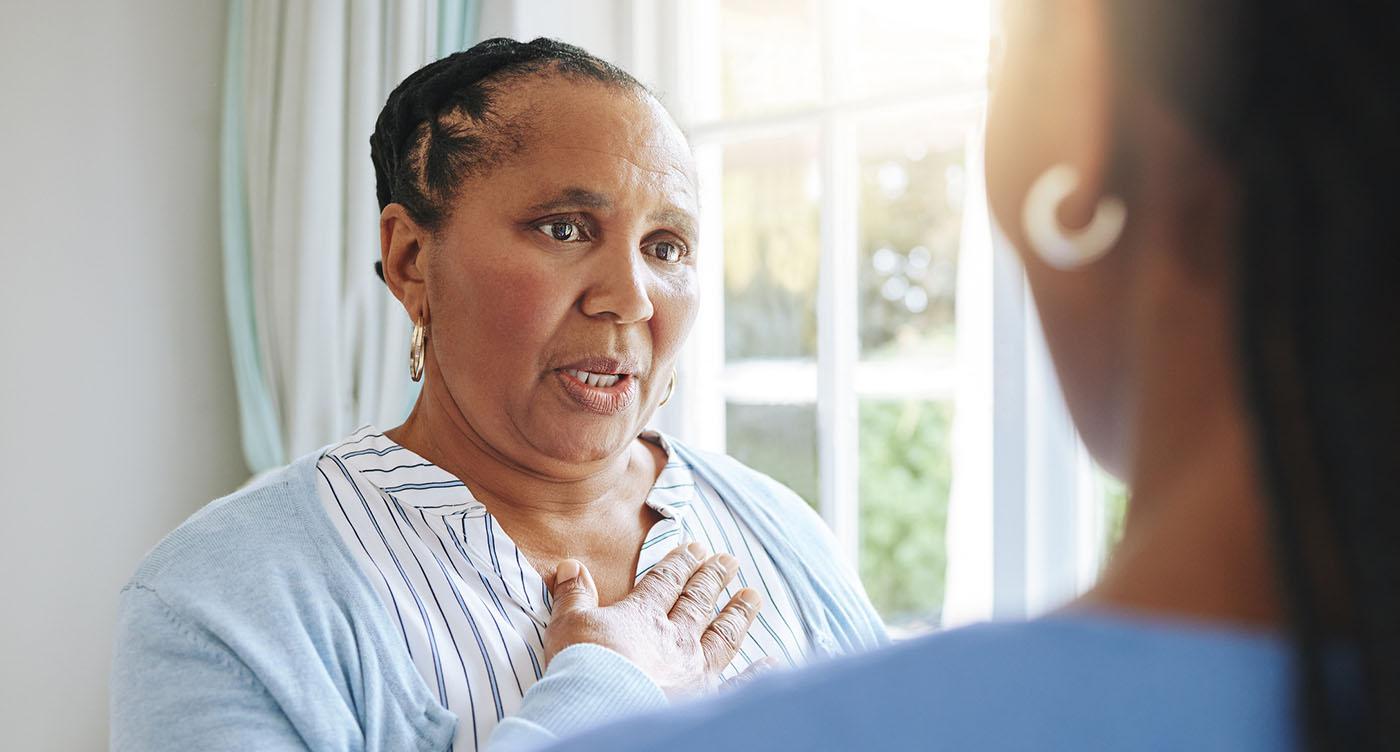
Women with breast cancer who are age 65 and older can qualify for both Medicare and Medicaid if their income levels are low, but having dual coverage doesn’t always lead to better outcomes, according to a new University of Maryland study.
The study, published this month in the American Public Health Association’s Medical Care, found lower income Medicare patients with breast cancer who experienced gaps or changes in Medicaid coverage suffered worse cancer outcomes than women who had continuous, stable Medicaid coverage and women with higher incomes who never enrolled in Medicaid.
Women who experienced interruptions in Medicaid, the nation’s public health insurance program for people with low income, were less likely to receive care or treatment that predicts better cancer survival, including an early breast cancer diagnosis and clinically-recommended procedures, such as a lumpectomy and radiation after lumpectomy for early stage breast cancer. They were also less likely to have continuous use of hormonal therapy.
Researchers examined data for more than 131,000 women with newly diagnosed breast cancer between 2007 and 2015. All of the women qualified for Medicare, the federal health insurance for people 65 and older. About a fifth of them also were also “dual enrolled” in Medicaid at some point during the study due to their income and/or asset levels. Medicaid can help cover fees and services not covered by Medicare, including Medicare premiums, co-payments and dental care.
“It’s not just about people losing coverage. It’s about lower utilization of life-saving health care services and worse clinical outcomes for people with socioeconomic vulnerability.”
“This study shows the importance of stable insurance coverage and income when it comes to health, especially for those undergoing treatment for chronic conditions,” said Xuanzi Qin, an assistant professor in the School of Public Health’s Department of Health Policy and Management and the study’s lead author.
The study revealed several differences between Medicare women with stable Medicaid coverage and those with unstable Medicaid coverage, including:
- Nearly 83% of Medicare women with stable Medicaid coverage were diagnosed at early cancer stages, compared to 80% of women with unstable Medicaid coverage.
- About 96% of Medicare women with stable Medicaid coverage received surgery to treat their early stage breast cancer, compared to 94% of women with gaps in their Medicaid coverage.
- About 60% of Medicare women with stable Medicaid coverage received radiation following lumpectomy to treat their early stage cancer and prevent the cancer coming back, compared to 56% of women with unstable Medicaid coverage.
Even though the study’s data dates back to 2007, its results remain relevant today as a wave of Medicaid disenrollment is stripping millions of Americans of health insurance.
Enacted in response to the COVID-19 pandemic, the Families First Coronavirus Recovery Act included a provision requiring states to continue Medicaid coverage for enrollees instead of making them reapply annually. The provision also prevented states from moving individuals into eligibility categories with fewer benefits during the public health emergency period. However, a federal law ended this provision and allowed states to resume Medicaid disenrollment starting April 1, 2023. As a result, the Kaiser Family Foundation estimates between 5 million five and 14 million people will lose Medicaid coverage by April 2024, creating unstable insurance coverage for this lower income group.
“This is evidence that states should really take action to educate people about the changes to Medicaid renewal and guarantee stable Medicaid coverage for those undergoing treatment for chronic conditions,” Qin said. “It’s not just about people losing coverage. It’s about lower utilization of life-saving health care services and worse clinical outcomes for people with socioeconomic vulnerability.”